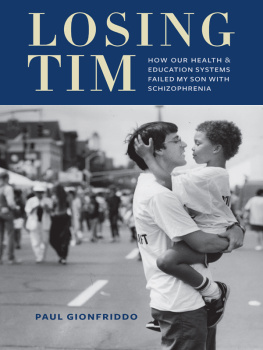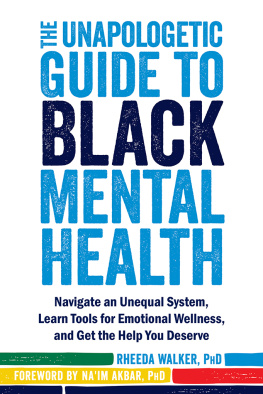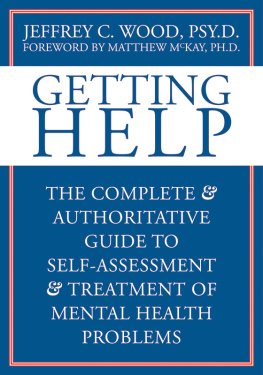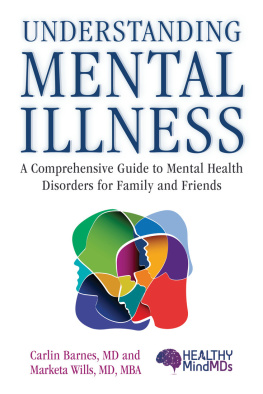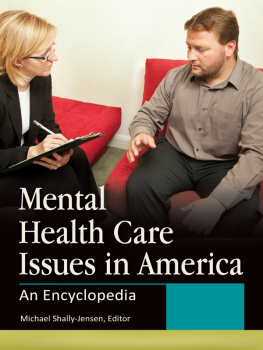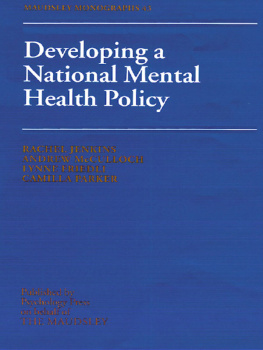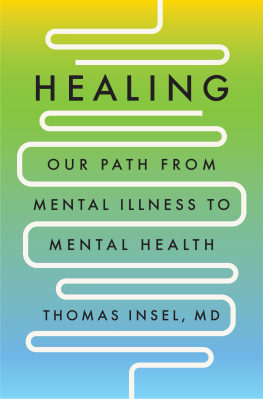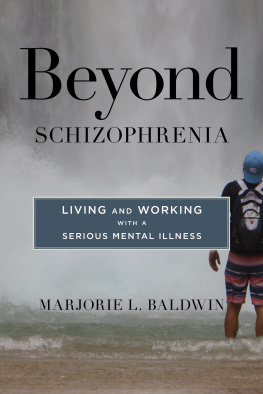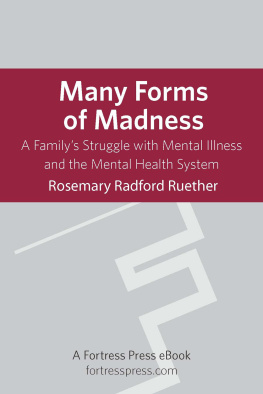LOSING TIM
LOSING TIM
HOW OUR HEALTH AND EDUCATION SYSTEMS FAILED MY SON WITH SCHIZOPHRENIA
PAUL GIONFRIDDO
COLUMBIA UNIVERSITY PRESS
NEW YORK
Columbia University Press
Publishers Since 1893
New York Chichester, West Sussex
cup.columbia.edu
Copyright 2014 Columbia University Press
All rights reserved
E-ISBN 978-0-231-53715-5
Library of Congress Cataloging-in-Publication Data Gionfriddo, Paul.
Losing Tim: How our health and education systems failed my son with schizophrenia / Paul Gionfriddo.
pages cm
Includes bibliographical references.
ISBN 978-0-231-16828-1 (cloth : alk. paper) ISBN 978-0-231-53715-5 (e-book)
1. Gionfriddo, TimMental health. 2. Schizophrenia in childrenPatientsUnited StatesBiography. 3. Mental health policyUnited States. 1. Title.
RJ506.S3G46 2014
362.26092dc23
[B]
2014008507
A Columbia University Press E-book.
CUP would be pleased to hear about your reading experience with this e-book at .
Cover design by Jordan Wannemacher
Cover image is provided courtesy of the author
References to websites (URLs) were accurate at the time of writing. Neither the author nor Columbia University Press is responsible for URLs that may have expired or changed since the manuscript was prepared.
To Pam, my love, who supported mein every wayon this project; and to Tim, whose courage always inspires me.
I wanted the moments of my life to order themselves like those of a life remembered. You may as well try to catch time by the tail.
JEAN-PAUL SARTRE, NAUSEA
Grant us wisdom to give priority to those measures of greatest urgency for the common good of all.
TIMOTHY GIONFRIDDO, GUEST CHAPLAIN, CONNECTICUT HOUSE OF REPRESENTATIVES, APRIL 10, 1995
CONTENTS
W HEN MY SON TIM was a very young boy, he knew that I was an elected official, and he understood that elected officials made many of the rules by which people live. My dad is important, he used to volunteer to people when we were introduced to them. The problem was that he pronounced the word as impotent, which typically elicited a giggle that puzzled Tim. Giggles aside, he had no idea how apt a description that would become when it came to my helping to make his own life more tolerable.
This book is in part a reflection on public policy and the way public policy decisions I made in good faith affected Tims life. While it is mostly my story and Tims, there are some universal themes in it and plenty of other characters who walk through its pages.
Some of these characters play big roles; others walk on and quickly walk off. Some are real heroes; others, I am afraid, may come across as villains. That is not my intention, and so, except for members of Tims immediate family, I have removed or changed all the names and have even referred only generically to the schools Tim attended and to most of the providers who served him. There are a couple of exceptions when I couldnt really disguise a namei.e., when there was only one provider meeting the description and it played an important role in Tims life that only it could have played. But I believe that every person and every entity appearing on these pages had one thing in common: Tims best interests. The problem, as you will see, was the rules.
As I imagine is the case for most parents of children with serious chronic illnesses, in the course of over two decades I amassed hundreds of hard-copy and electronic documents relating to Tim. They traveled with me from Connecticut to Texas and then to Florida. I saved all that I could, although there were plenty of times I wanted to burn the whole pile of paper or smash the computer in frustration. But after twenty years of storing them I decided it was time to make sense of them. So I began to do what I had been wanting to do for a long timepiece them into a narrative. I had no idea what the ending would be. I just wanted to understand better what had happened to Tim and me as we traveled his path of serious mental illness.
This book is the result. At first, it was all about Tim and not at all about me. But then I realized that I needed to describe better how I felt about what was happening to Tim. When I started to do this, it dawned on me that I also needed to write more about the role I played as a policy maker in determining what happened to him.
I proposed this to Health Affairs, the nations leading health-policy journal. It liked the concept and invited me to write a short version of the story. How I Helped Create a Flawed Mental Health System Thats Failed Millionsand My Son was published as its September 2012 Narrative Matters essay (Gionfriddo 2012) and became the journals most widely read article that month. Health Affairs kindly consented to permitting the themes of that piece to appear in book form, and Columbia University Press agreed to publish it.
Before Health Affairs published the essay, Tim did something I found to be very courageous. He graciously gave his permission in writing for his story to be told. When he did so, I dont think that he admired policy makers as he once had or had much respect for the rules theyve created that affected him most directly. But I think he understood that if his story could help change the way we think and move us to action, it was worth telling. Plus, he loves me, and I love him.
As it unfolds, this story may sometimes seem strange or surreal to parents whose children do not have a mental illness. I admit, some of the things that happened to us may be pretty hard to believe. But they wont be to parents of children who do have mental illness.
Part of the reason is that we dont usually get clean diagnoses from the start that we can then carry with us to schools or providers. Parents of children with physical disabilities, developmental delays, or genetic conditions often know where they stand. There are accepted treatments and services to mitigate the effects, and they can start treating those effects right away. Our kids diagnoses often evolve over time, and it can be years before we get to the right one. That means years of uncertainty, years of the wrong drugs, and years of treatment that doesnt work.
Even our introduction to, and experience with, the special education system will seem unusual to many parents who are familiar with it. Special education opens doors to instructional programs tailored to an eligible students individual needs for educational success. Many children (like my daughter Larissa) enter the special education system with a clear label, and that allows for the creation of a program with a clear set of instructional goals, objectives, modifications, and accommodations. The process is smooth, and these children thrive. But when the label isnt so clear, neither is the plan. And children with mental illness typically dont enter special education with a clear label. When a child is challenging behaviorallyand this is all you really can saywhat is a school to do? And so when Tim first entered the special education systemprobably already three years into his diseaseit was with a learning disability label.
A reader may also wonder why Tim was in a regular classroom in a regular school when the story in the first chapter unfolds, months after his diagnosis of mental illness. Under the law, educational services are supposed to be provided in the least restrictive settings. For nearly every child in special education today, that means instruction in a regular classroom first and the consideration of increasingly more restrictive settings only later. I had no quarrel when that standard was applied to Tim by our school district; in fact, I wholeheartedly agreed with it. Besides, Tim was legally entitled to it.

